10 cool movie gadgets you can actually buy
Hollywood tech you can splash out on right now, and three that are almost here
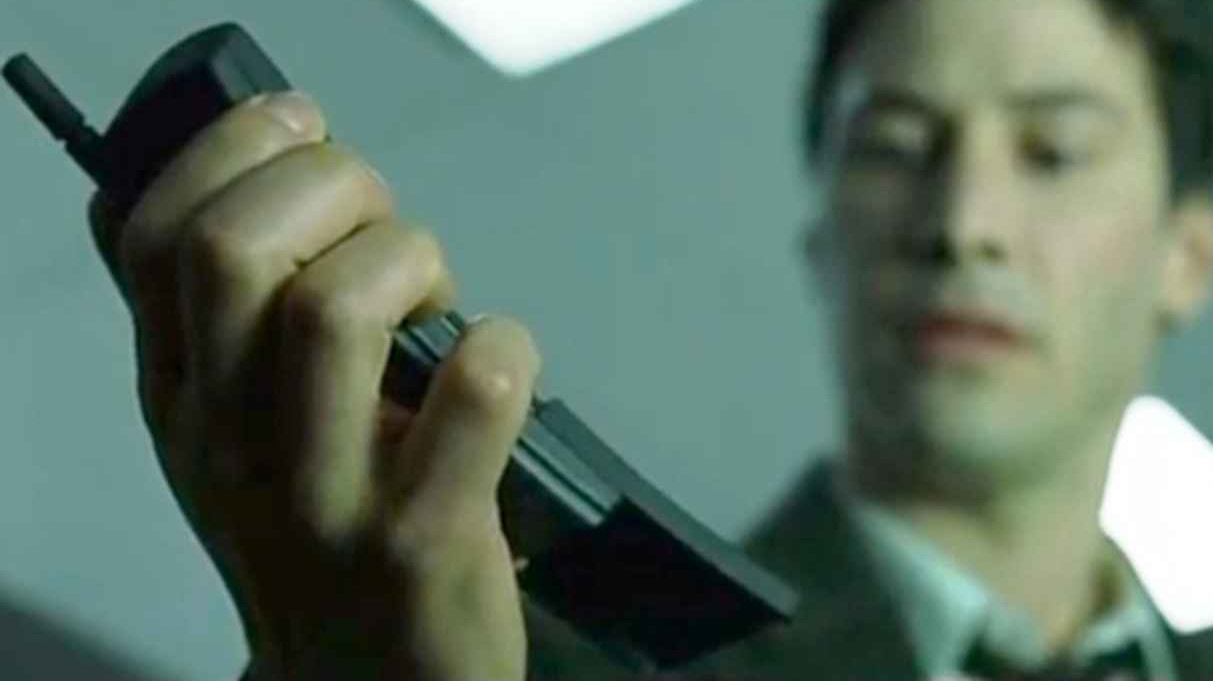

Introduction
From Neo's awesome sliding Nokia in The Matrix to Arnie's Seiko 'smartwatch' from Predator, these are the coolest pieces of movie tech that you can actually buy in real life.
Make sure you check out our round up of the gadgets that TV shows and movies get completely right, and utterly wrong.
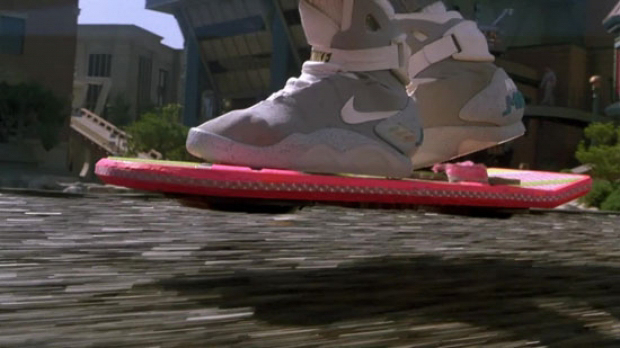
Nike Mags (Back to the Future 2)
Marty McFly's self-tying kicks from 1989's Back to the Future Part 2 are a given, when it comes to cool movie gadgets. As is his hoverboard, but that's one for another feature. A limited run of 1,500 lookalike Nike Mag replicas were auctioned off in 2011, with the proceeds going to the Michael J. Fox Foundation for Parkinson's Research. Now that it's 2015, the year Marty travelled to in the film, Nike has confirmed that it is working on Nike Air Mags with actual self-tightening 'Powerlaces'. Great Scott!
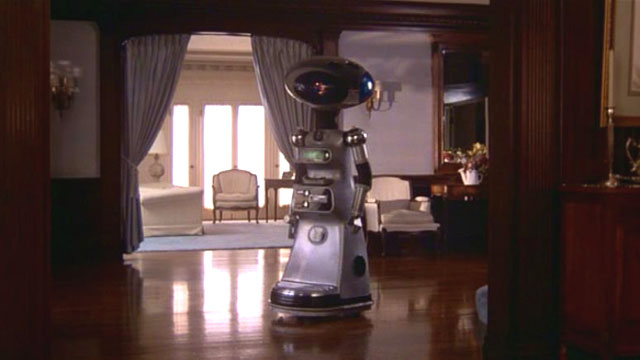
Sico home robot (Rocky IV)
Made by International Robotics, the Sico home robot may seem an odd addition to a boxing movie but was in fact written into Rocky IV after it had been used to treat Sylvester Stallone's autistic son. The robot was initially developed for education and therapy purposes but after being given by Rocky to brother-in-law Paulie as a birthday present, the robot ended up fetching beers from the fridge for his new human master. Incredibly, Sico ended up touring with James Brown, who contributed Living in America to the film's soundtrack. You can buy your very own robot companion/beer waiter for £58,000.
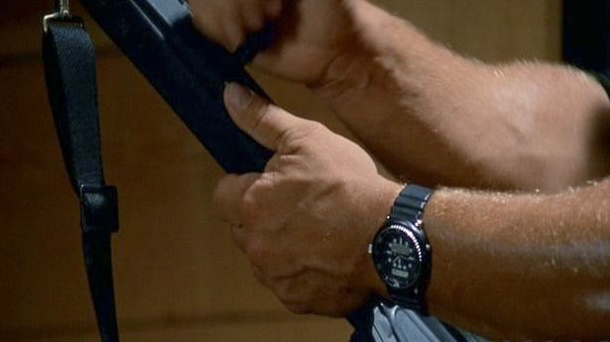
Seiko H558-5009/The ‘Arnie’ (Predator)
Forget Rolex and Omega: Seiko is where it's at for Arnold Schwarzenegger fans. The buff Austrian wore his favoured H558 in several films - mostly notably Commando and Predator - making it wildly popular and leading to it being nicknamed 'The Arnie'. The rugged watch was tested in extreme conditions and used on many expeditions in inhospitable climates. An old-school smartwatch of sorts, Arnie's watch was the first digital alarm chronograph to feature a combination analogue display. You heard. No Bluetooth connectivity or heart rate monitors here.

JVC Videosphere (Conquest of the Planet of the Apes)
With a distinctive space-age design said to be inspired by 2001: A Space Odyssey, JVC's ultra-cool futuristic TV boasted a built-in alarm clock (fancy!) and has put in a fair few movie appearances over the years. The black version of the spherical gogglebox was featured in Conquest of the Planet of the Apes back in 1972 sporting a fictional tape slot that allowed videos to be played in colour. Also available in red, orange and white, the round TV made a fleeting appearance in the background during The Matrix and is also used to make a video call in Woody Allen's futuristic farce Sleeper.

Nokia 8110 (The Matrix)
Amazingly, when The Matrix was released in 1999, the Nokia 8110 was about the coolest thing we'd ever seen. While it may now look like a dated brick of plastic, the handset was first released in 1996 and modified with a spring-loaded slider for the film for heightened dramatic effect when Keanu Reeves and co. were using the phones to zip out of the Matrix. Fans of the gadget had to wait for the release of the Nokia 7110 to own their very own mobile with a spring-loaded cover.
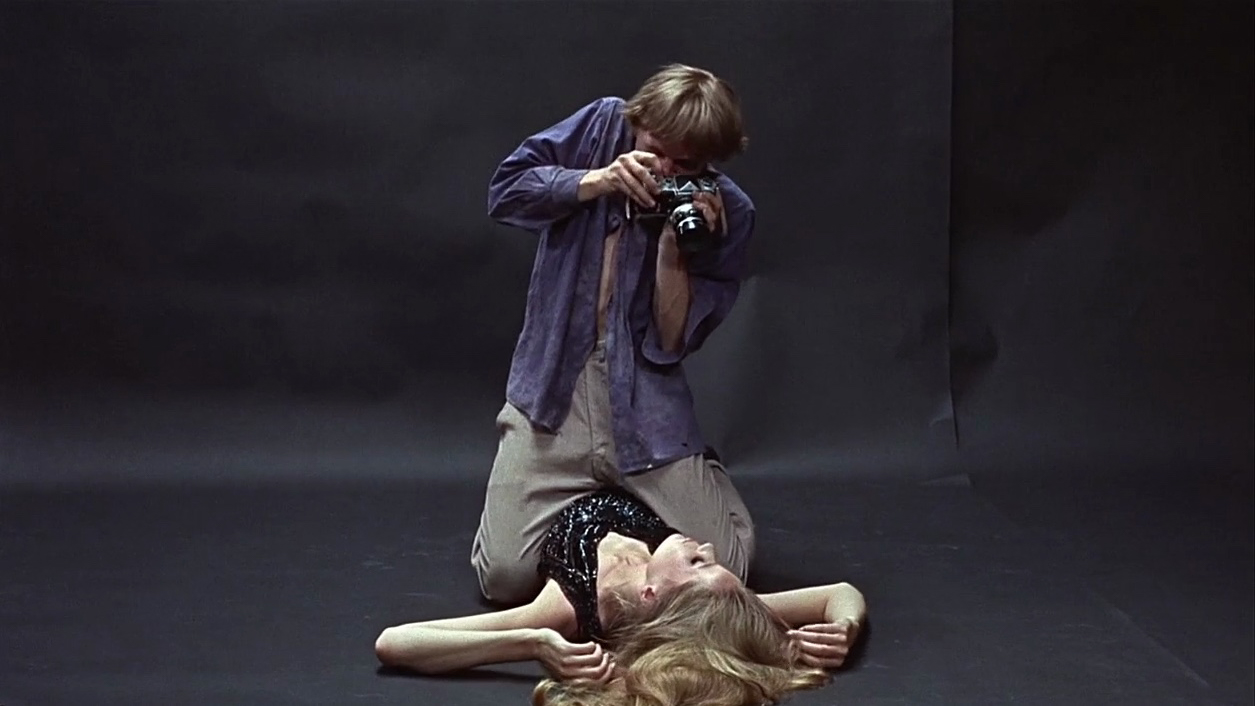
Nikon F (Blow Up)
Introduced in 1959, the Nikon F was the company's very first SLR camera and was one of the first SLR systems to become popular with pro photographers. The camera's place in popular culture was cemented when it featured in Michelangelo Antonioni's 1966 cult film Blow-up in which a photographer, played by David Hemmings, inadvertently captures a murder on his trusty Nikon. The camera was particularly popular with photojournalists covering the Vietnam War and made another notable appearance in Apocalypse Now around the neck of Dennis Hopper's freelance photographer character.
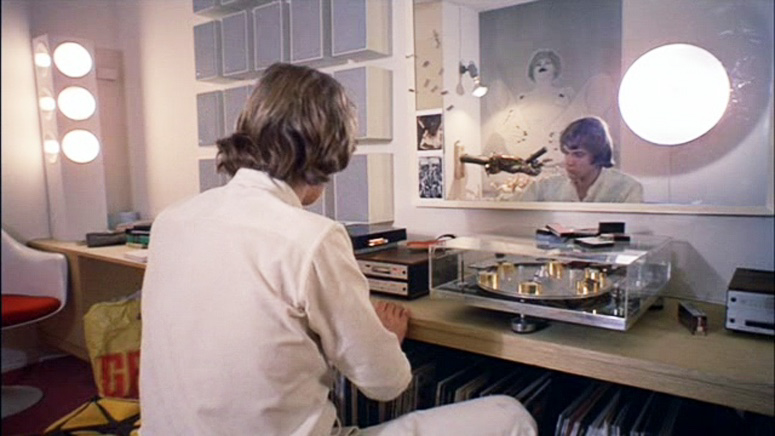
Mitchell Transcriptor turntable (A Clockwork Orange)
Designed in 1964 and completely handmade, this gorgeous turntable made a cameo in Stanley Kubrick's controversial A Clockwork Orange. Lead character Alex used the deck to listen to Moog-based Beethoven before going out on the town for a night of 'ultra-violence'. Interestingly, company founder John Mitchell also worked with Kubrick on 2001 and built the Discovery spaceship for the film, as well as models and components for Star Wars. The original turntable from Clockwork Orange is at the Museum of Modern Art, but you can still find vintage models for sale on ebay.
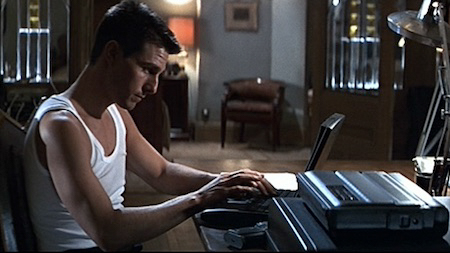
Apple PowerBook 5300 (Mission Impossible)
Apple paid Paramount a whopping $15m for Tom Cruise to promote its enormous PowerBook 5300 in 1996's Mission: Impossible - somewhat ironically, as the Cupertino brand had just suffered its biggest loss to date. Despite its massive product placement fee, Apple signed on too late to have any say in the script and the hulking computer didn't even have the proper UI, with Cruise having to tap away on a command line interface. The 5300 ending up being recalled due to batteries spontaneously combusting. Apple's mission was not a success.
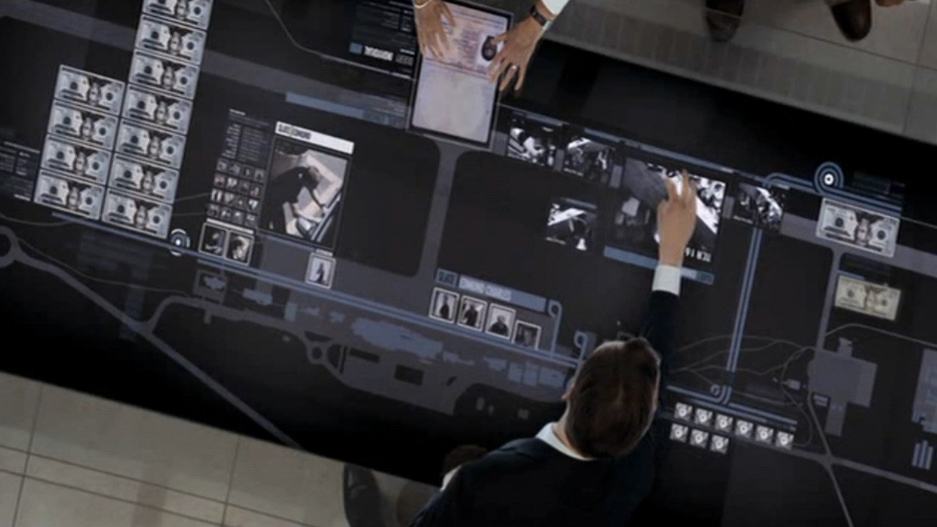
Multi-touch table (Quantum of Solace)
The fancy multi-touch OS used by Mi6 in Quantum of Solace looked amazing on the touch-table in the intelligence agency's forensics lab, where several agents used it to trace laundered money. The slick picture-led OS was designed by MK12, which also designed the film's opening credits. Real versions of the table with somewhat limited functions have since been produced for various Bond exhibitions around London Town but there are plenty of real-life multi-touch tables that you can buy, including various Windows Surface-powered coffee tables, if you must.
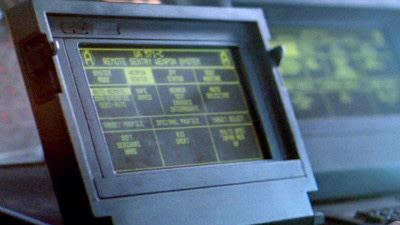
GRiD Compass (Aliens)
One of the very first laptop computers, the GRiD Compass made a fleeting appearance in 1986 sci-fi classic Aliens when the space marines used the clamshell computer to remotely operate sentry guns against the extra-terrestrial monsters. The gadget didn't look terribly futuristic seeing as it was a product that was actually in use at the time. A modified version was even used on early space shuttle missions, with the catchy name of the Shuttle Portable Onboard Computer or SPOC. It was powered by a 16-bit microprocessor - now jaw-droppingly weak, compared to today's computing standards.
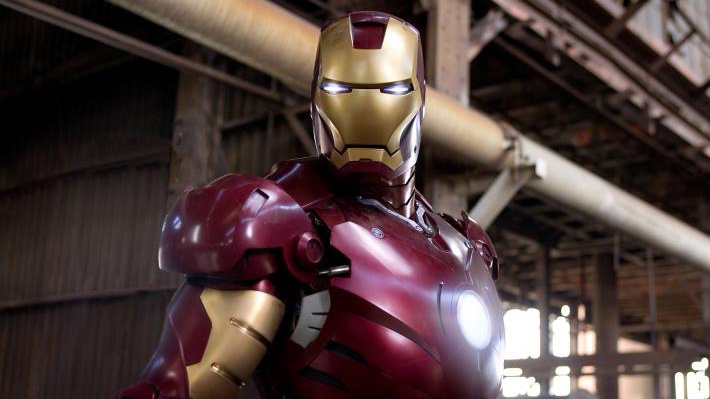
Iron Man suit (Iron Man)
NASA has already produced its own version of Tony Stark's powered suit of armour in the form of the X1 powered exoskeleton suit. Meanwhile, the US military has come up with the TALOS (Tactical Assault Light Operator Suit), which shares its name with Talos the giant bronze man from greek mythology. This robotic, bulletproof get-up is essentially full-body armour, with the added bonus of built-in weapons and sensor cues for soldiers, in order to avoid injuries. Experts reckon it won't be a viable option for military use until about 2026. Alternatively, you can buy a plastic Iron Man suit - sans weaponry - for about 250 quid.
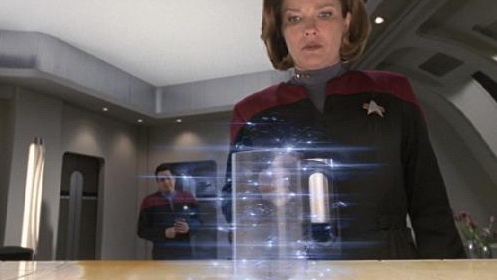
Replicator (Star Trek)
First dubbed the 'replicator' in Star Trek: The Next Generation, this futuristic gadget was able to produce food and other objects out of pure energy moving on a step from the food synthesizer seen in Star Trek: The Original Series. Ok, so we're not quite there yet, but 3D printing is the closest thing we have, with NASA already producing a space-friendly printer for making important tools and parts on the International Space Station. The US space agency is also working on 3D food printers, while you can buy basic 3D home printers for as little as few hundred pounds.
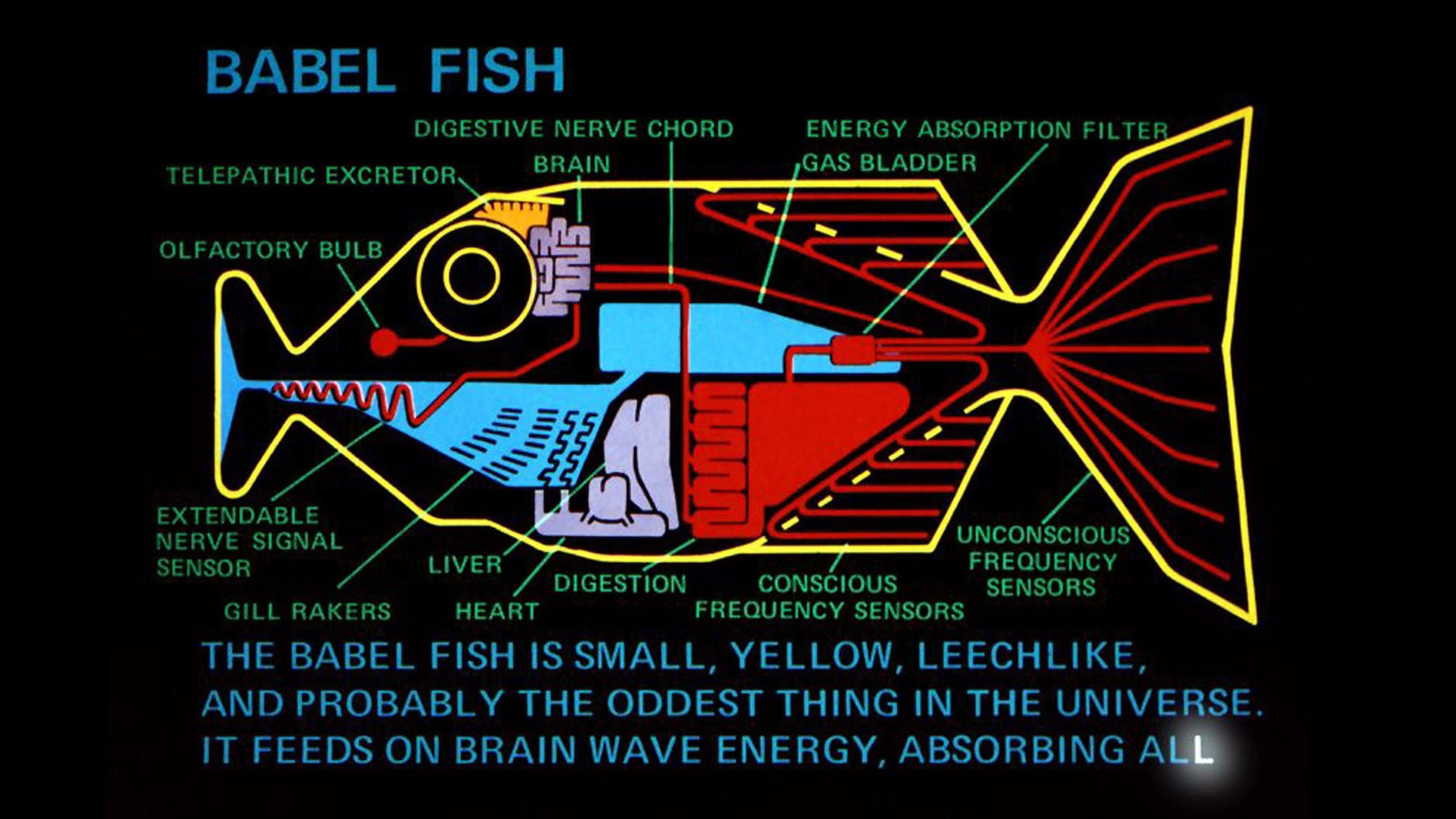
Universal translator (The Hitchhiker’s Guide to The Galaxy
The mythical universal translator has seen many incarnations in the movie world from Star Trek's gadget of the same name to The Hitchhiker's Guide to The Galaxy's marginally less realistic Babel Fish, which is inserted into the ear. While we don't yet have a perfect solution to the 'problem' of people speaking other languages that we haven't bothered to learn, there are some fixes in development, such as Skype's Translator which currently allows spoken conversations in English and Spanish, with other languages on the way.
Get all the latest news, reviews, deals and buying guides on gorgeous tech, home and active products from the T3 experts